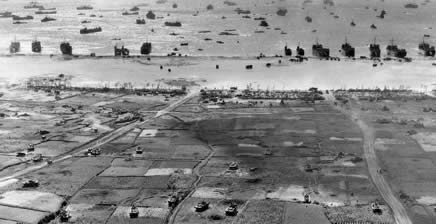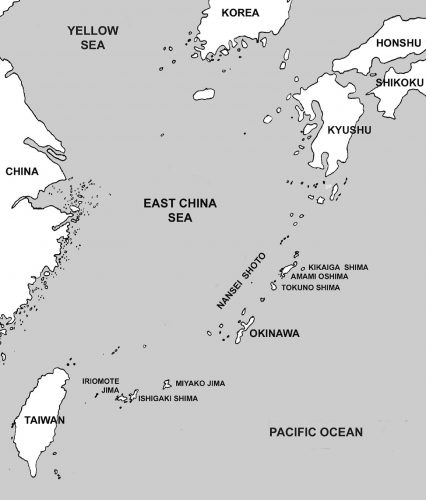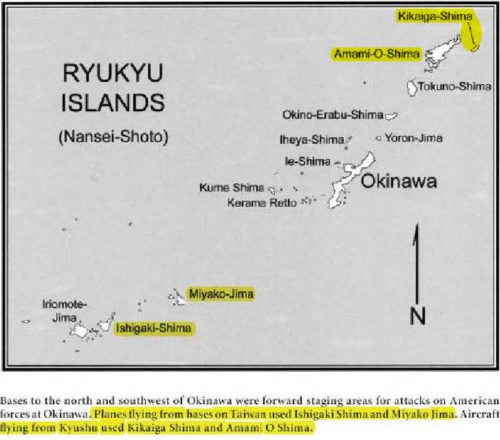What I’ve got so far:
- Everything’s on the table. The likelihood that your preexisting ideology or priorities are an entirely adequate match to what this situation truly requires of us is close to nil. “In a time of drastic change it is the learners who inherit the future. The learned usually find themselves equipped to live in a world that no longer exists.” ― Eric Hoffer
- That said, your life experience will give you insights. Privilege your experience over your ideology and nominal priorities.
- All disasters are local. Concentrate on your meaningfully immediate environment, which in this case will be the local market for medical resources. For most of the US, that will be our MSA. For those outside an MSA (metropolitan or micropolitan) that will be their county; and for some it will be the group of counties that feed into the one hospital in the region.
- Deprioritize pandemic news from outside your local area. There are people in the massive NY/NJ/MA outbreak that I worry about, but what happens there will only modestly resemble what happens in the KC MSA, not least because of the difference in population density, which can approach 20x.
- Mitigate or avoid your own risk (including the risk you pose to others) by both following the hygiene advice we’ve all heard and minimizing your physical interaction with anyone outside your immediate household. Internalize R₀ = b × k × d, where R₀ is the reproduction number of the virus, b is the probability of infection given contact with an infectious person, k is the contact rate, and d is the infectious duration. While the nominal R₀ of COVID-19 is ~3, your personal R₀ can be driven to < 1 by your own behavior.
- The general form of the challenge confronting us is abrupt wide variation in formerly relatively constant phenomena. In Talebian terms, we have migrated from “mediocristan” to “extremistan.” The multiplicative nature of a novel viral pandemic, especially by comparison to the relatively predictable seasonality of influenza viruses, has a thick-tailed (power law) probability structure and complex payoffs (notoriously ranging from large numbers of nearly asymptomatic cases to abruptly life-threatening “cytokine storm” reactions). For detail, see The Fourth Quadrant: A Map of the Limits of Statistics.
- So we find ourselves at serious risk of running out of ventilators, ICU beds, and even hospital beds generally, to say nothing of supplies (but see “all disasters are local,” above), raising the prospect of significant second-order mortality among those unable to obtain adequate care for entirely unrelated illnesses and injuries.
- In this connection, many prior customs, techniques, tools, and materials are being revealed as highly dysfunctional and, if all goes sufficiently well, will be swept into the dustbin of history. The bad news for me is that my earlier fears about easily-bottlenecked processes have been realized. But we may look forward to significant adaptation, including deregulation of medical services.
- Similarly, a large number of purported fixes and remedies will fail. Folk remedies, in particular, seem likely to be disastrous, and this blog’s audience needs no persuasion that attempts at central planning will fail thanks to the Hayekian local knowledge problem. In that connection, and to quote something I wrote a few years back: “John Gilmore famously said that ‘the Net interprets censorship as damage and routes around it.’ The future adaptation of representative democracies will depend on our capability, as individuals, to interpret endemic institutional dysfunctionality as damage and route around it.”
- The relatively vulnerable are closer to the center of the network: affluent, living in high-density major cities, well-traveled, extroverted, socially active, with large numbers of regular contacts (even if mostly in a “bubble” as per Murray’s notorious quiz). But some are the alienated and defiant who reject risk avoidance or even risk mitigation tactics (or attempt folk remedies instead), ordinarily associated with …
- The relatively invulnerable, who are at or near the edge of the network: impoverished, living in rural or low-density metro areas, untraveled, introverted, socially isolated, rarely in face-to-face contact with others. Many of these people have mental health issues and associated substance abuse problems. But the relatively invulnerable are also the intelligent and conscientious who promptly adopt appropriate risk management strategies.
- The post-pandemic preferences of the relatively invulnerable will have massive economic and cultural effects. I expect a reasonably quick partial recovery from the economic shutdown, but full recovery may take several years. Many of the “third places” which have done well over the last few decades will not regain their patronage, and as of early April 2020, we can only guess which ones. Fond hopes of some of my co-religionists aside for a sudden revival, I believe church attendance and involvement will be well down in the aftermath, and will not significantly grow until the next “Awakening,” which per Strauss and Howe should occur at mid-century. Until then, believers will be culturally marginalized and congregations will be smaller—but comprised of relatively fervent, active members.
- Geopolitical risks are heightened, especially US-China tensions, and if Xenakis’ “58-year hypothesis” holds, this very year will see an echo of the Cuban Missile Crisis.
- The most important output of this process—and it is a process, with inputs, providers, outputs, recipients, etc—will be a collective lessons-learned database, comprised of both tacit and explicit knowledge, and somehow transmitted to future generations.




